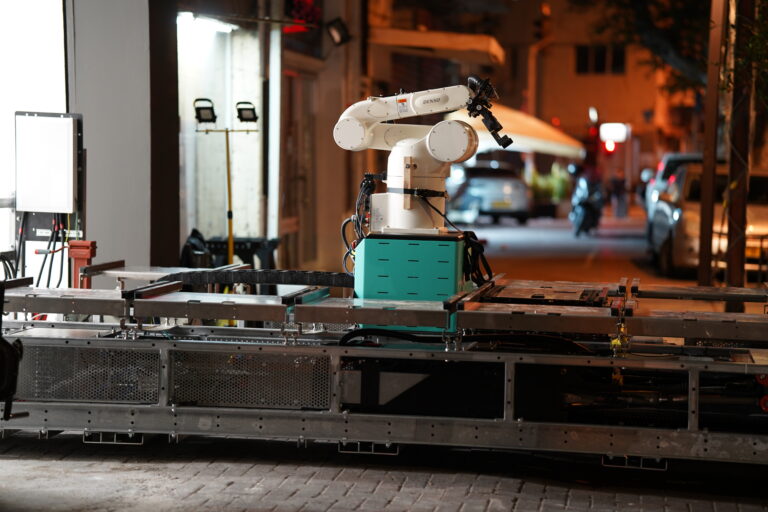
As we become increasingly accustomed to faster deliveries, looking back, it can be hard to believe that deliveries for everyday items would often take more than two weeks only a handful of years ago. Today, receiving an item on the same day is quickly becoming the norm, and retailers are pushing to cut delivery time down to just a few mere hours. What has been the key to such tremendous progress? The answer lies in the transition to an innovative new strategy: hyperlocal logistics.
Local Logistics: Where It All Began
The traditional approach to logistics was how companies have played their hand at offering their products in as many locations as possible. This method consisted of opening enormous warehouses on the outskirts of cities, hiring large teams of employees to manage overwhelming amounts of inventory and prepare items for delivery, as well as designing complex supply chain and distribution networks to maximize reach for their orders. However, warehouses were often far from delivery destinations, causing companies to routinely orchestrate long-distance deliveries that would reach hours of driving. Costly, labor-intensive, and suboptimal when considering what’s possible today, this local approach to logistics at the time was the only way to place online orders in the hands of customers in a reasonable amount of time.
The Ecommerce Boom & The Need For A Better Way
Since 2013, the digital commerce market has grown from $235B to a whopping $1.09T in 2022 in the US alone according to Forbes, and to $5.7T globally according to Shopify. As companies are seeking ways to fulfill greater order volume, ecommerce titans like Amazon have spearheaded the online shopping revolution with the offering of vast product selections and lightning-fast deliveries. Placing immense pressure on companies to compete with, these market conditions have forced them to adapt, innovate, and find new ways to place products at your door in less time, and at scale.
From Adversity To Opportunity: The Rise of Hyperlocal Logistics
The challenge of shortening delivery time has given birth to a new strategy: hyperlocal logistics. Driven by proximity, hyperlocal logistics enables companies to deliver orders in remarkably less time than with conventional logistics. Replacing the large warehouses alongside cities with smaller, better-designed warehouses known as micro-fulfillment centers (MFCs), hyperlocal logistics stems from the idea that the most effective way to shorten the delivery process is to be closer to customers. Now positioning companies within cities, MFCs allow for shorter distances and quicker delivery routes, being a significant step forward from warehouses.
The Challenges of Hyperlocal Logistics Using Micro-Fulfillment Centers
Even though MFCs are better-sized and closer to customers, they’re not without their challenges.
Size
Although smaller than traditional warehouses, MFCs are typically thousands of square meters large, making it tough to find and purpose real estate in cities that meets the size and location requirements of hyperlocal logistics – especially because the strategy depends on having a network of MFCs, rather than just a single one.
Installation
In parallel to size, a single micro-fulfillment center can take several months or more to build and launch, often including complex construction needs and facing companies with a big detour to their goals.
Manpower
MFCs also require companies to hire and train a reasonably sized workforce as well as relocating many of their employees in order to maintain and operate them, as many of the tasks are done manually, making it a complicated staffing endeavor.
Costs
With demanding real estate needs, a lengthy installation process and substantial manpower requirements, MFCs are very costly to apply and equally challenging to oversee and manage.
Unscalable
While being the first iteration of a strategy that enables companies to meet the needs of the ecommerce boom, micro-fulfillment centers are an impractical methodology due to size, costs, and operational demands, making it impossibly difficult for most companies to implement at scale.
How Can Hyperlocal Logistics Become A Scalable Solution?
MFCs need to become smaller, quicker to install, simpler to deploy rather than complex, and less expensive in every step in order to be a viable pathway to scale. The shortcomings brought forth by MFCs have paved the way for a newer, smarter approach to hyperlocal logistics that addresses each of these criteria: nano-fulfillment centers (NFCs).
NFCs have been reduced to just hundreds or even dozens of square meters in size and have quicker and simpler installation requirements, making them significantly smaller than NFCs and strategically deployable at high volume across cities. Enabling companies to tap into hyperlocal proximity for even quicker deliveries, NFCs are designed to solve the variety of challenges that come with MFCs, making them a far more suitable pathway.
The Final Ingredient to Modern Logistics: Automation
The final component to making hyperlocal logistics the most powerful strategy available is automation. The most advanced NFCs today are automated and equipped with robotics, built with the latest artificial intelligence and machine learning capabilities to streamline operations unlike ever previously attainable. Where micro-fulfillment centers require manpower to operate and maintain, automated NFCs are designed to autonomously manage inventory while accepting, preparing, and packaging orders for delivery.
Without needing a single employee along the way until the delivery itself, this positions companies to achieve scale while cutting costs and delivery time down to a few hours or even less, changing the game in every way. Being the most practical, cost-effective strategy that simultaneously simplifies and shortens all processes involved, hyperlocal logistics powered by automated NFCs is the key to helping companies bridge the gap between giant warehouses, inefficient processes and long deliveries, to impressing customers consistently and being at the very forefront of ecommerce.
